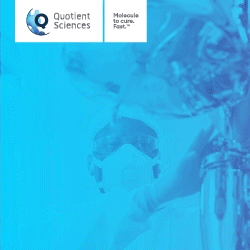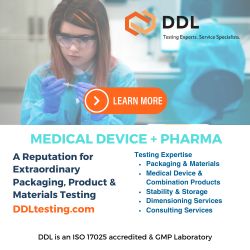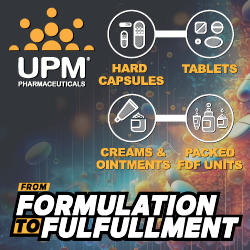Promising New Therapies to Boost Global Hepatitis C Market by 2019
Due to a large untreated patient pool and the recent approval of new treatments, the hepatitis C market will more than treble from $5.7 billion in 2012 to $18.6 billion by 2019, at an impressive Compound Annual Growth Rate (CAGR) of 18.5%, forecasts business intelligence provider GBI Research.
The company’s new report, Hepatitis C Therapeutics in Major Developed Markets to 2019: Outstanding Recent Approvals and Late-Stage Pipeline to Transform Clinical and Commercial Landscape, states that the hepatitis C market will receive this major boost with the 2013 approval of Sovaldi, which has the potential to transform the treatment algorithm for hepatitis C. Due to the clinical potential of the drug, Sovaldi will be very expensive, reaching a cost of $86,000 annually and setting a high price benchmark for future drugs.
“Sovaldi boasts excellent tolerability and a Sustained Virologic Response rate approaching 100%, without specificity to any genotype 1,” said Dominic Trewartha, Analyst for GBI Research. “In genotypes 2 and 3, Sovaldi is administered with ribavirin alone, alleviating the need for Pegasys or Pegintron and therefore reducing the rate of adverse events associated with these two therapies. As a result, many patients who have previously deferred treatment are expected to re-enter the market and use Sovaldi.”
Additional drugs, such as Olysio, which was also approved in 2013, and daclatasvir are anticipated to compete with Sovaldi, although they are not proven to be as effective and can only be used in genotype 1 infections.
According to GBI Research, Sovaldi-ledipasvir and ABT-450 triple therapy will further advance the hepatitis C market and displace older drugs from 2015 onward. This is due to the fact that these therapies can be used without peginterferon and have demonstrated 100% efficacy in genotype 1, with strong tolerability and low dosing.
“The late-stage pipeline for hepatitis C is exceptionally promising, and we expect new products to completely transform the clinical and commercial landscape during the forecast period,” Trewartha concludes.
The report provides in-depth analysis of the major antiviral drugs used in the treatment of hepatitis C, including analyses of their safety, efficacy, treatment patterns, and strengths/weaknesses. It also gives a market forecast between 2012 and 2019. This report was built using data and information sourced from proprietary databases, primary and secondary research, and in-house analysis conducted by GBI Research’s team of industry experts. For more information, visit www.gbiresearch.com.
Total Page Views: 1178












